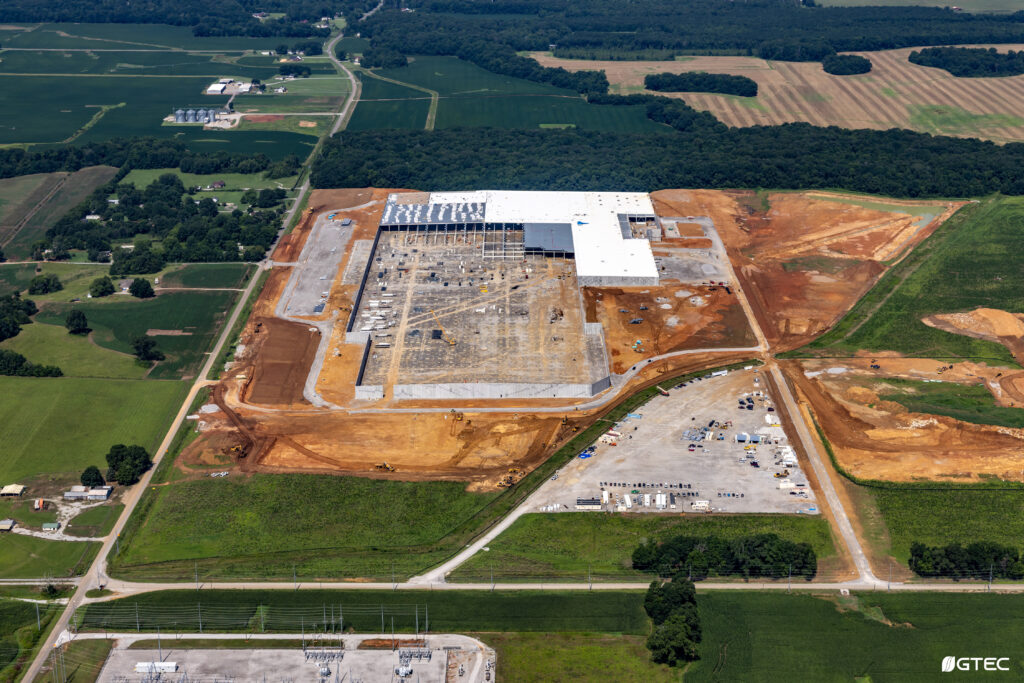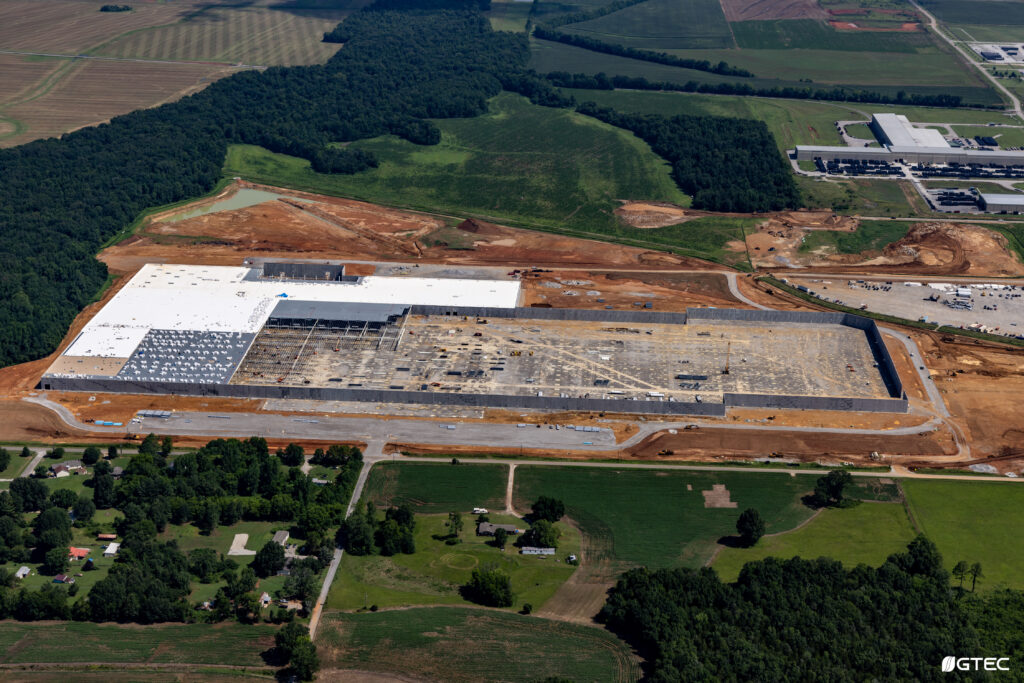Economic Development Supports Rural Counties

By Tanner Hood
Hard work pays off.
Alabama Gov. Kay Ivey said she believes a spirit of persistence drove strong economic development in rural counties last year.
“Hard work is a core value for folks living in rural Alabama,” said Ivey in the 2022 Rural Alabama Economic Development Impact Report released this summer. “This quality is one of the chief reasons the state’s rural communities are a great place for doing business.”
The numbers don’t lie. Almost two thousand new and future jobs were created with $1.8 billion of capital investment spread around 40 targeted counties, according to the Alabama Department of Commerce report. Targeted counties have fewer than 50,000 people.
“The report’s results demonstrate growing companies increasingly consider rural Alabama for their plans because the areas offer plenty of advantages,” said Commerce Secretary Greg Canfield.
Those advantages include motivated workforces, low-cost environments and career-tech training programs.
Investments announced in 2022 include a remote air traffic control tower center in Selma, recycled materials flooring manufacturing in Ozark and a plethora of wood-product expansions across the state.
The largest investment is tucked away in the northeast corner of Lawrence County at Mallard Fox West Industrial Park. It will soon house First Solar Inc. of Tempe, Arizona. A new factory is under construction, creating over 700 jobs with more than $1.12 billion invested.
Lawrence County Industrial Development Board President and CEO Tabitha Pace said First Solar’s investment in the community brings excitement and revitalization.
“Having First Solar in Lawrence County will improve infrastructure, schools and the local economy in many ways,” Pace said. “Infrastructure improvements are already under way.”
One of the most impactful investments is $43 million for the county school system, Pace said. Plans include expanding the Career Technical Center and other programs to make students more marketable to incoming industries.

Farmers feel the effects of rural development, too. That includes the double-edged sword of property value increases for agricultural land, Pace said.
“The increase in people living and working in our community also brings higher demand for food and ag-related products,” Pace said. “As a rural community, we want to maintain our agricultural roots since it’s our largest industry, so we must be mindful of projects that will be beneficial to our community.”
Alabama Farmers Federation State Legislative Programs Director Russ Durrance praised Ivey and Canfield for promoting rural communities in economic plans.
“As rural Alabama goes, so goes the state,” Durrance said. “We share the commitment of state leaders to provide opportunities for rural residents. We should encourage people in these communities to remain or return after further education or training, while also attracting new residents. Most rural counties suffer a talent drain as populations decrease. Economic development is essential to reverse this devastating trend as Alabama seeks to keep our state’s best and brightest.”
As for Lawrence County, retaining local talent is a priority.
“We are working with our schools, colleges and career technical centers to make sure First Solar has the best choice of employees from our students,” Pace said. “Any time a company locates in our area, we are excited to provide better jobs for our existing workforce and better opportunities for our future workforce.”
